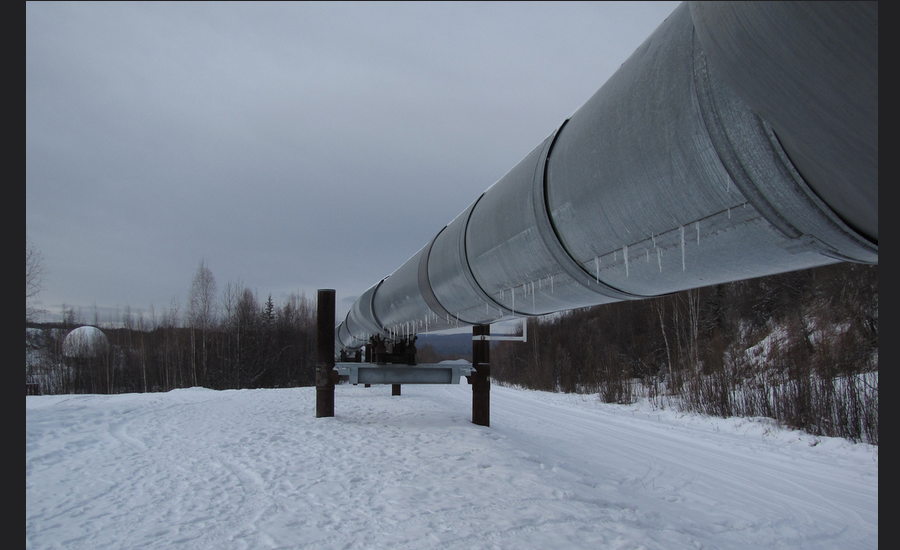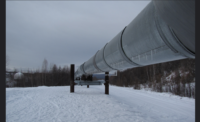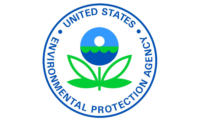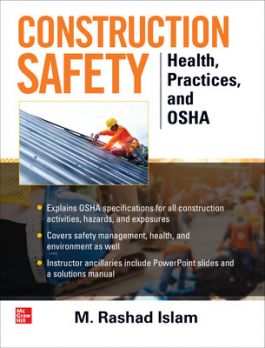There is a network of thousands of miles of pipes underlying the frenzied oil and gas development in the Permian Basin of Texas. Nationally, more than 450,000 miles of such gathering lines snake underground from wells, and reports of death and injury have emerged from Texas to Pennsylvania.
It's not known how many fatalities have occurred, because the federal government doesn't keep records on explosions from rural gathering lines. Neither do most states.
The federal government's pipeline safety watchdog, the Pipeline and Hazardous Materials Safety Administration (PHMSA), has a set of rules for a little more than 18,000 miles of gathering lines — generally high-pressure lines in populated areas.
But another 439,000 miles of pipeline are classified as rural gathering lines and left unregulated. That's enough to wrap around the Earth more than 17 times.
Unlike long-haul transmission lines, which are closely regulated by the federal government, or utility pipelines usually monitored by states, rural gathering lines fall in a gray area.
They don't have to be marked, built to standards or regularly inspected. Unlike for transmission lines, operators don't have to have emergency response plans for when they leak or explode.
PHMSA has been contemplating safety standards on gathering lines for decades. But recent efforts have bogged down, and the oil and gas industry is lobbying for looser rules covering only large-diameter lines, those wider than 16 inches.
"The longer they stall, the longer they can put pipelines in the ground without worrying about construction standards and such," said Carl Weimer, executive director of the Pipeline Safety Trust.
Oil and gas industry representatives say they support broader regulation of gathering lines. But they say they want to push ahead with rules for the biggest gathering lines and gather more data on where the problems are with smaller lines.
"Sixteen inches seems to be a responsible break point for regulating without additional information," explained pipeline industry consultant Lindsay Sander. "It's hard to roll back a regulation, so we want to get it right."
The lack of federal rules leaves individual states to decide whether to monitor gathering lines. Most don't.
One attempt to set new gathering line standards began in late 2017 when the American Petroleum Institute (API), the oil and gas industry's largest trade group, proposed a new industry standard for gathering lines. Drawn by a private committee consisting overwhelmingly of industry representatives, the standards were to be voluntary.
But the effort collapsed last summer. State regulators dropped out in June, saying the process was too dominated by industry. Pipeline company representatives split on issues such as whether they should have to determine the width of the blast zone around their lines. When voting concluded in early July, only about one-third of committee voters supported the proposal they had crafted.
API has regrouped and is trying again this year. Of the 74 members of the new "task group," 63 are from industry. The group is focusing on standards for gathering lines only larger than 16 inches.
A PHMSA advisory panel is scheduled to pick up the gathering line debate this summer and make recommendations. The meeting of the panel, called the Gas Pipeline Advisory Committee, had been set for January but was postponed because of the government shutdown. It is now scheduled for June 25 and 26.
Asked why changes to gathering line regulations have taken so long, a PHMSA spokesperson sent a statement outlining the current proposal and noting that the agency expects to publish a final rule in December. If that happens, it would be effective in February 2020.
State regulators and safety advocates want to stick with the proposal to regulate lines 8 inches or more in diameter. But industry has put its weight behind the 16-inch threshold.
In advance of the June meeting, PHMSA has suggested splitting the difference and regulating lines wider than 12.75 inches.
Source: E&E News








